Are New Trump $2,000 Stimulus Payments Coming in 2026? What to Know Now
A promise of $2,000 tariff dividend checks is raising questions and fueling confusion.
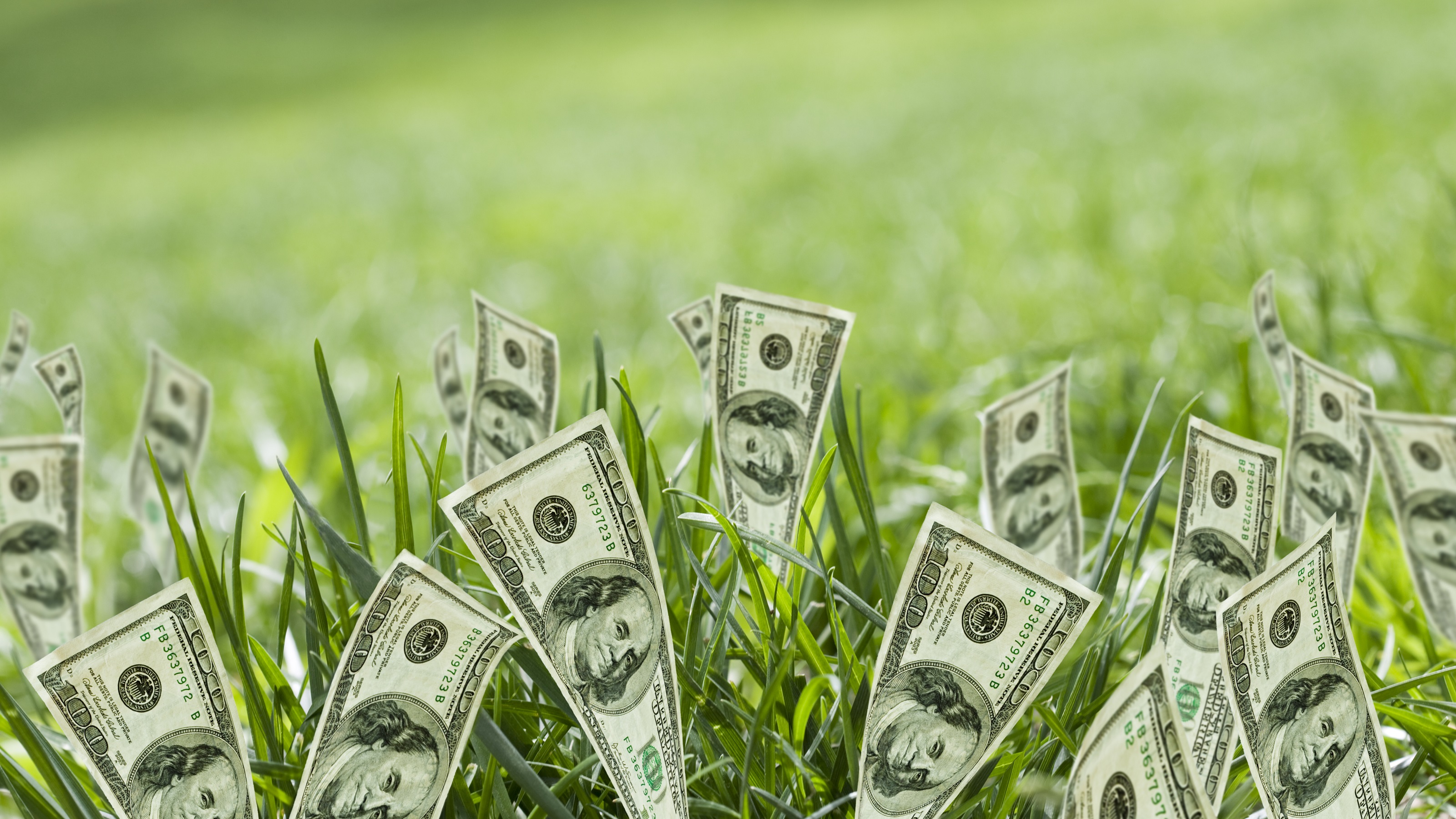

As the holidays approach and prices for everyday essentials remain high, discussions about new government stimulus payments have once again captured public attention.
Online searches for “stimulus checks” are climbing, and speculation about government payments has intensified after President Donald Trump revived one of his attention-grabbing ideas: sending some U.S. taxpayers $2,000 “tariff dividend” checks.
Trump claims his tariffs on imported goods have generated enough money to fund the plan and to pay down some of the deficit. However, since tariffs are taxes, U.S. consumers are bearing much of the burden of the administration's trade policy, and some fiscal experts say the "dividend" numbers don’t add up.
From just $107.88 $24.99 for Kiplinger Personal Finance
Become a smarter, better informed investor. Subscribe from just $107.88 $24.99, plus get up to 4 Special Issues

Sign up for Kiplinger’s Free Newsletters
Profit and prosper with the best of expert advice on investing, taxes, retirement, personal finance and more - straight to your e-mail.
Profit and prosper with the best of expert advice - straight to your e-mail.
So, the question is: Will you receive a $2,000 payment soon? Here’s what you need to know.
Related: Costco Sues Trump Administration Over Tariffs: What to Know
Are Trump 'tariff dividend checks' really on the way?
Trump recently revived his proposal to provide a $2,000 payment to some U.S. taxpayers. He’s framing it as a fair share of the revenues generated by sweeping tariffs he’s implemented on imported goods since the start of his second term as president.
In a recent post on his social media platform, Truth Social, Trump wrote the following:
“People that are against Tariffs are FOOLS! We are taking in Trillions of Dollars and will soon begin paying down our ENORMOUS DEBT, $37 Trillion. Record Investment in the USA, plants and factories going up all over the place. A dividend of at least $2000 a person (not including high income people!) will be paid to everyone.”
Trump suggests the new plan for 2026 stimulus payments is a patriotic payback to working families, who are shouldering higher costs. However, you might recall that this message echoes previous flirtations.
For instance, not long ago, the Trump administration talked about “DOGE dividends” — payments tied to Elon Musk’s infamous Department of Government Efficiency cuts. Those “savings” never materialized into payments to taxpayers.
And Trump’s call for tariff dividends raises other questions. Who will be considered “high earners”? When and how will the money be sent?
In response, Treasury Secretary Scott Bessent seemed to temper expectations.
On ABC’s This Week, Bessent said the administration is exploring whether the “dividend” would come in the form of direct payments, temporary tax relief, or another form, like tax cuts in the recently enacted 2025 Trump tax bill.
“The $2,000 dividend could come in lots of forms, in lots of ways. It could be just the tax decreases that we are seeing on the president's agenda — no tax on tips, no tax on overtime, no tax on Social Security, deductibility on auto loans.”
*Note: The 2025 Trump/GOP tax bill does not end taxes on Social Security benefits. For more information, see Social Security Tax Cuts Missing From Trump Tax Bill.
- On Fox News, Bessent noted that Congress must approve any such payout and that no final design has been established yet.
- The Treasury Secretary also floated an income limit — possibly excluding households earning over $100,000 — but stressed those details remain under discussion.
- More recently, Bessent acknowledged a trade-off between using tariff revenue for checks versus paying down the federal debt.
Tariff stimulus: Is there enough tariff revenue to go around?
The fiscal realities and trade-offs are key, as several budgetary experts have raised concerns about the feasibility of Trump’s proposal.
John Ricco, an analyst with the Budget Lab at Yale University, told reporters, “It’s clear that the revenue coming in would not be adequate.”
That’s based on the assumption that Trump’s tariffs may bring in $200 billion to $300 billion annually. (That amount reportedly constitutes less than 4% of total federal revenue.)
The Committee for a Responsible Federal Budget (CRFB) estimates that issuing a one-time $2,000 payment to every American, including children, would cost approximately $600 billion — roughly triple the current annual tariff revenue.
And even if the checks were limited to those making $100,000 or less, Alex Durante, a senior economist at the Tax Foundation, points out that this would mean checks going to an estimated 150 million Americans at a minimum cost of $300 billion.
Takeaway? Tariff revenue has grown, but not nearly enough to fund dividend checks of this scale without dramatically increasing the federal deficit.
- Despite tariff growth, the federal deficit in fiscal 2025 still reached nearly $1.8 trillion, according to data from the Treasury and the Congressional Budget Office (CBO).
- The International Monetary Fund warns that while tariffs can temporarily curb deficits, they often distort trade and raise consumer prices.
- The Tax Foundation notes that as tariffs rise, imports tend to fall. That can potentially undercut the revenue source Trump claims to want to redistribute.
Trump tariffs Supreme Court ruling
Then there’s also the looming question of the legal sustainability of Trump’s tariff policies.
As Kiplinger has reported, the U.S. Supreme Court is currently considering challenges to Trump's tariffs, examining the broad application of the International Emergency Economic Powers Act (IEEPA), which underpins many of the Trump administration’s tariffs.
If the court invalidates many of the tariffs, the ruling could significantly affect the availability of funds for the proposed tariff dividends and possibly necessitate tariff refunds. (During oral arguments in the tariff case, Justice Amy Coney Barrett pondered the potential administrative “mess” involved in ordering massive tariff refunds for affected importers.)
Then, here’s the legislative hurdle surrounding tariff dividends. As Besent acknowledged, Congress would have to pass legislation to authorize the payments.
Earlier this year, Sen. Josh Hawley (R-Mo.) introduced a bill that would mandate annual “tariff rebates” for lower- and middle-income families, funded by duties on Chinese imports.
Hawley’s version, which hasn’t moved in Congress, would stop short of setting a flat $2,000 figure. If approved, the bill would reportedly provide at least $600 per adult and dependent child, meaning a family of four could receive a minimum of $2,400 in rebates.
- The $600 would be a guaranteed minimum per eligible person.
- But if tariff revenues exceed projections, payments could increase proportionally.
Meanwhile, even some Trump allies acknowledge the need for congressional approval for any such payments, meaning that any rollout of Trump dividends will face political and procedural headwinds.
Investor and Shark Tank personality, Kevin O'Leary, recently warned that sending out checks funded by tariffs is just a “quick band‑aid” that risks acting as a “silent tax” by stoking inflation.
On X (formerly Twitter). O’Leary posted: “Everyone loves the idea of a free check, especially in a tough economy. But here’s the truth, and it’s not always popular. Sending out $2000 checks funded by tariffs might feel good in the moment, but it does nothing to fix the core problem.”
He later told reporters that any new tariff revenue should be used to pay down the national debt and shore up long‑term economic stability.
Also, worth noting: After the longest US government shutdown in history, Congress is already battling over ACA tax credit subsidies and government funding levels.
Trump giving $2,000 checks: Bottom line
The idea of a Trump $2,000 “tariff dividend” might understandably resonate with many households. But fiscal realities remain shaky, the legal situation is uncertain, and congressional cooperation is far from guaranteed.
Budget Pressure: The plan could significantly deepen the deficit unless the payouts are sharply limited.
Revenue Volatility: Tariff revenue tends to fluctuate, particularly when imports decline or trade partners retaliate.
Debt Trade-Off: Using tariff proceeds for checks would divert funds from federal debt reduction.
Legislative Hurdles: Congressional approval will be required for direct federal payments.
Legal Risks: Ongoing court challenges could narrow Trump’s tariff authority and erode the revenue base.
So, for now, the “tariff dividend” looks more like another idea than a budget-ready program that taxpayers can look forward to. Focus on practical financial steps for now, including taking advantage of existing tax breaks and legitimate employment and income opportunities.
But, as always, stay tuned. Some states are sending various forms of rebates and relief payments this year.
This story has been updated to include information about Trump allies' views of the proposed dividend checks.
Read More
- Sen. Hawley Proposes $600 Tariff Rebates
- Trump Tariffs and the Supreme Court: Three Things to Know
- Trump Tax Bill 2025: What's In It?
- Stimulus Checks: Is Your State Sending Money This Year?
Profit and prosper with the best of Kiplinger's advice on investing, taxes, retirement, personal finance and much more. Delivered daily. Enter your email in the box and click Sign Me Up.

Kelley R. Taylor is the senior tax editor at Kiplinger.com, where she breaks down federal and state tax rules and news to help readers navigate their finances with confidence. A corporate attorney and business journalist with more than 20 years of experience, Kelley has covered issues ranging from partnerships, carried interest, compensation and benefits, and tax‑exempt organizations to RMDs, capital gains taxes, and income tax brackets. Her award‑winning work has been featured in numerous national and specialty publications.
-
 5 Gifts the IRS Won’t Tax: Even If They’re Big
5 Gifts the IRS Won’t Tax: Even If They’re BigGift Tax Several categories of gifts don’t count toward annual gift tax limits. Here's what you need to know.
-
 The 'Scrooge' Strategy: How to Turn Your Old Junk Into a Tax Deduction
The 'Scrooge' Strategy: How to Turn Your Old Junk Into a Tax DeductionTax Deductions We break down the IRS rules for non-cash charitable contributions. Plus, here's a handy checklist before you donate to charity this year.
-
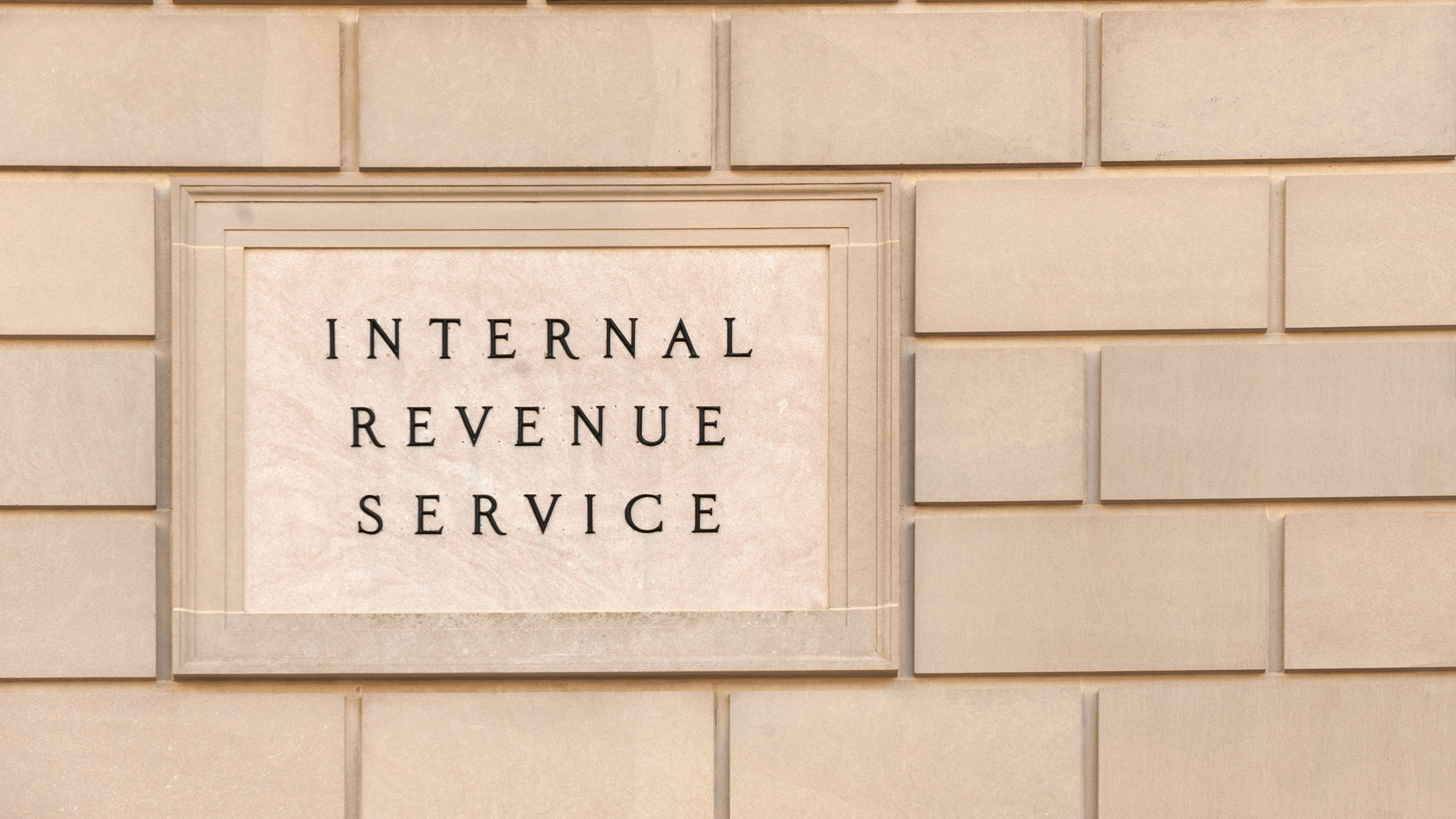 IRS Says You Made a Tax Return Mistake? A New Law Could Help You Fight Back
IRS Says You Made a Tax Return Mistake? A New Law Could Help You Fight BackTax Law Updated taxpayer protections change what the IRS must explain on error notices and how long you have to respond.
-
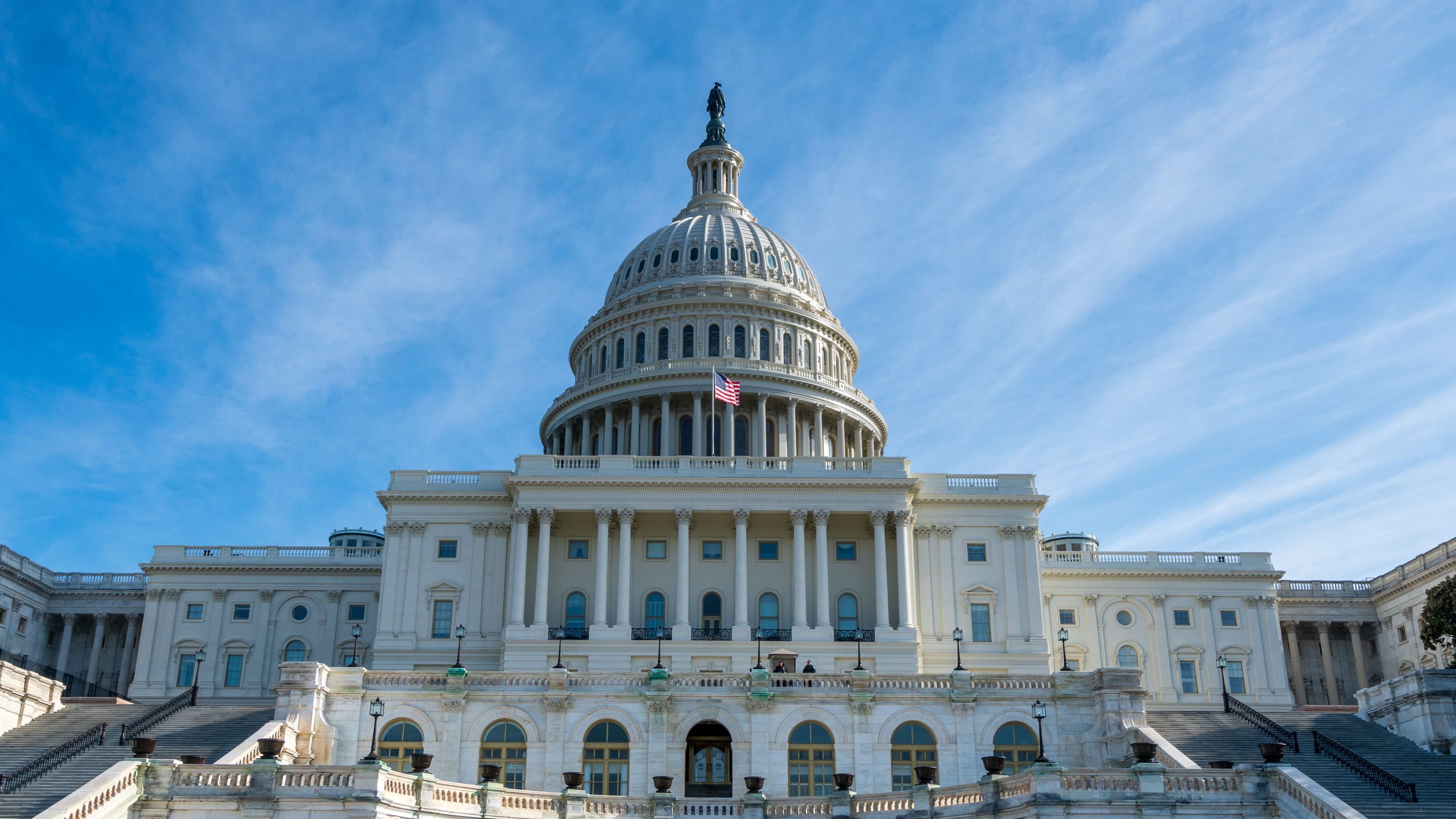 Is a New $25,000 Health Care Tax Deduction Coming in 2026?
Is a New $25,000 Health Care Tax Deduction Coming in 2026?Tax Policy A proposal from GOP Sen. Josh Hawley adds to the chatter about health care affordability.
-
 Costco Sues Over Trump Tariffs: What Could That Mean for Prices in 2026?
Costco Sues Over Trump Tariffs: What Could That Mean for Prices in 2026?Tariffs The retailer is making headlines not just for its famous hot dog and gold bars but for suing the Trump administration over tariffs.
-
 Could Tax Savings Make a 50-Year Mortgage Worth It?
Could Tax Savings Make a 50-Year Mortgage Worth It?Buying a Home The 50-year mortgage proposal by Trump aims to address the housing affordability crisis with lower monthly mortgage payments. But what does that mean for your taxes?
-
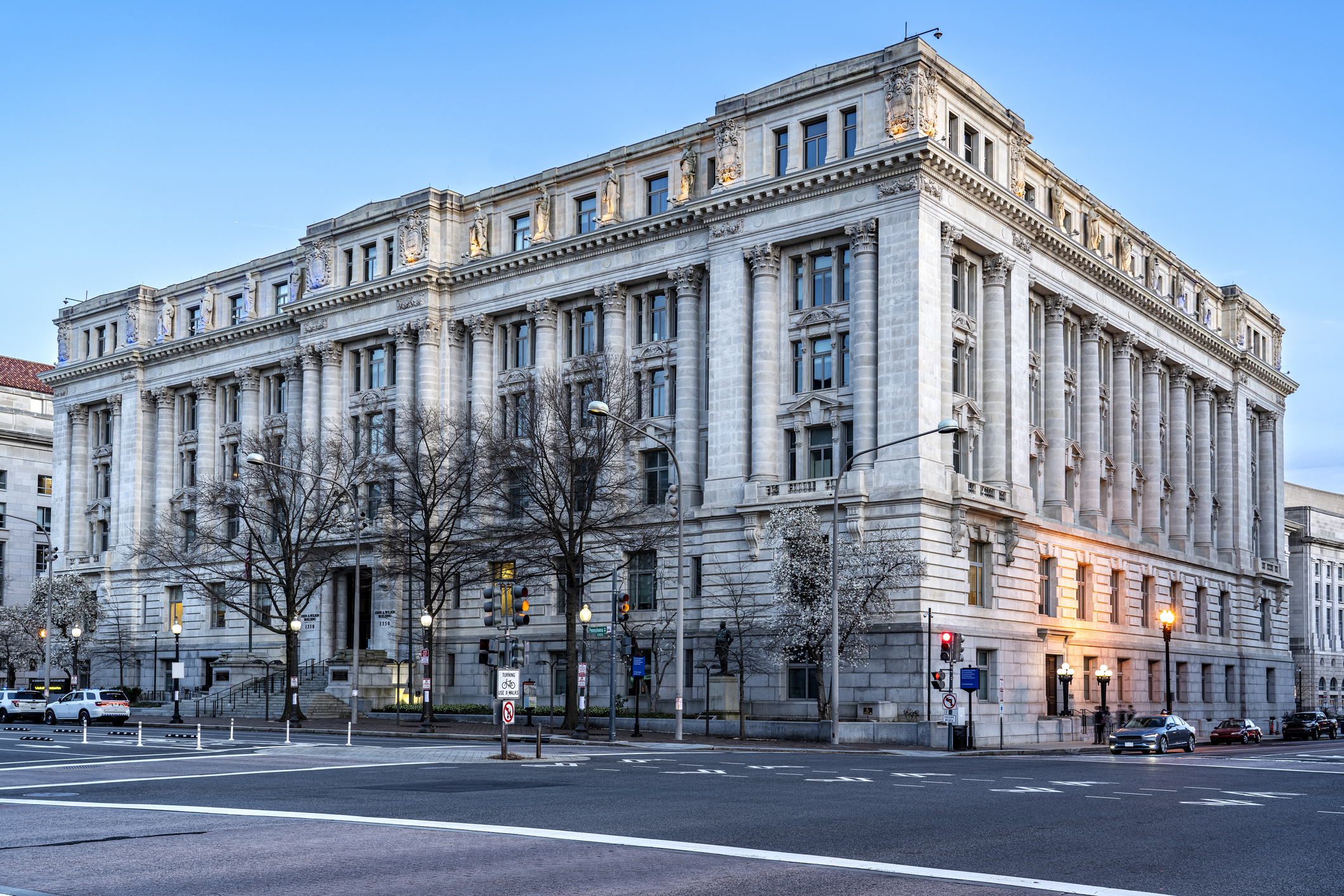 Emergency Tax Bill Ends $6,000 Senior Deduction and Tip, Overtime Tax Breaks in D.C.
Emergency Tax Bill Ends $6,000 Senior Deduction and Tip, Overtime Tax Breaks in D.C.Tax Law Here’s how state tax conformity rules could immediately raise your income tax liability.
-
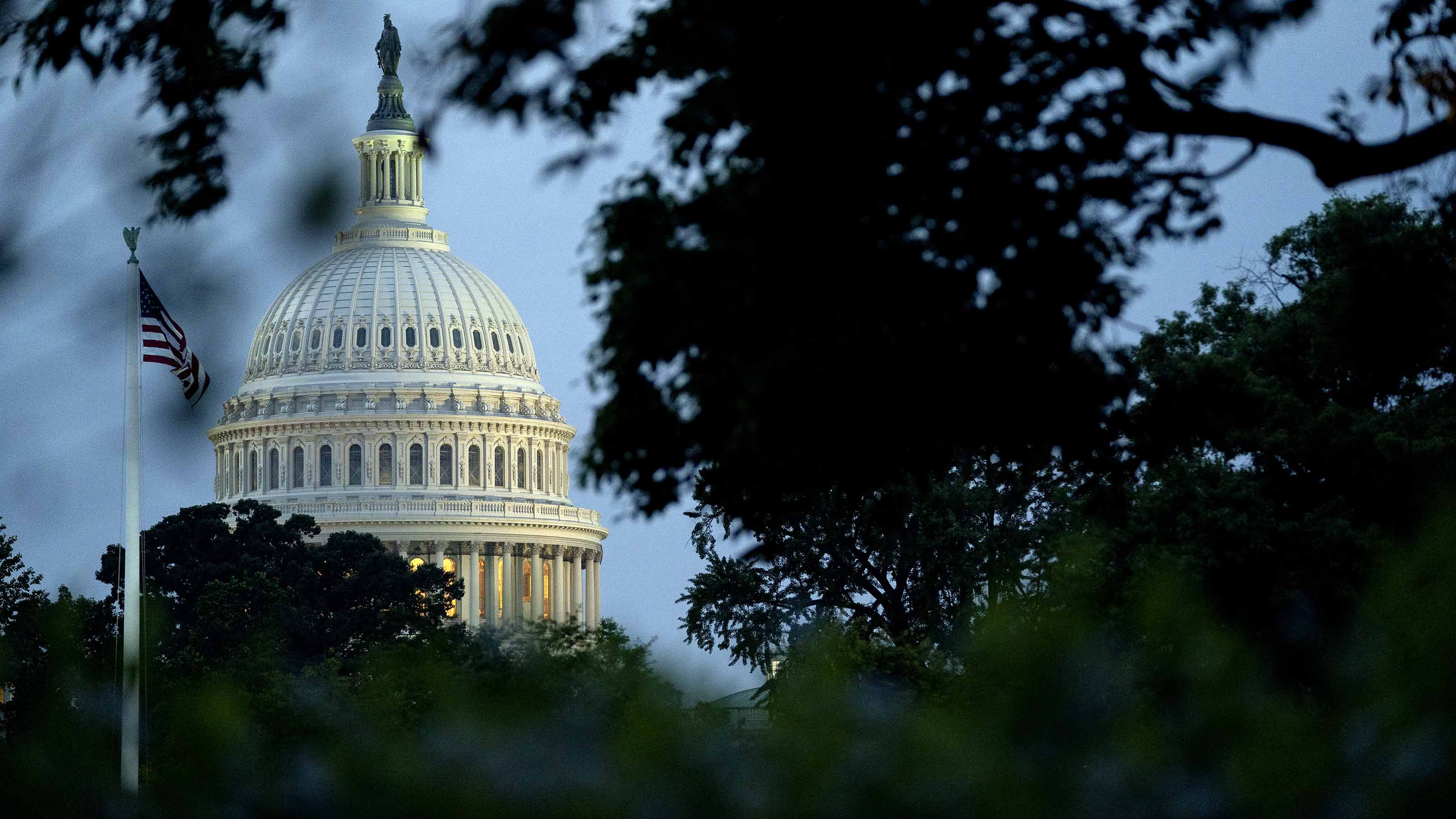 What Services Are Open During the Government Shutdown?
What Services Are Open During the Government Shutdown?The Kiplinger Letter As the shutdown drags on, many basic federal services will increasingly be affected.
-
 Trump 2025 Tax Bill: What’s Changing and How It Affects Your Taxes
Trump 2025 Tax Bill: What’s Changing and How It Affects Your TaxesTax Law From standard deduction amounts to tax brackets and Medicaid cuts, here’s what individual filers need to know about tax changes in Trump's so called "big beautiful bill."
-
 Banks Are Sounding the Alarm About Stablecoins
Banks Are Sounding the Alarm About StablecoinsThe Kiplinger Letter The banking industry says stablecoins could have a negative impact on lending.
-
 Standard Deduction 2026 Amounts Are Here
Standard Deduction 2026 Amounts Are HereTax Breaks What is the standard deduction for your filing status in 2026?